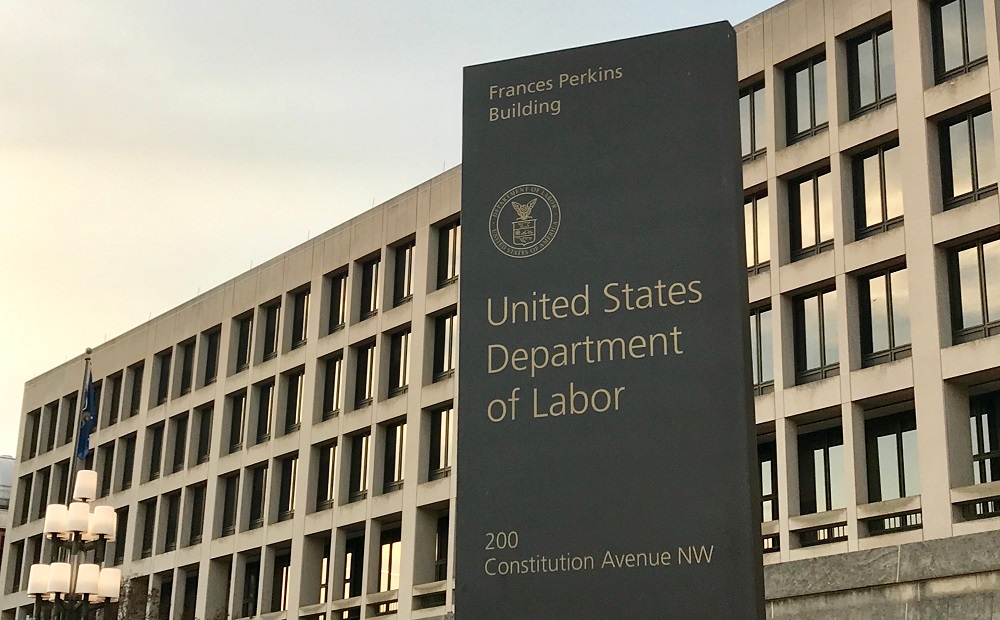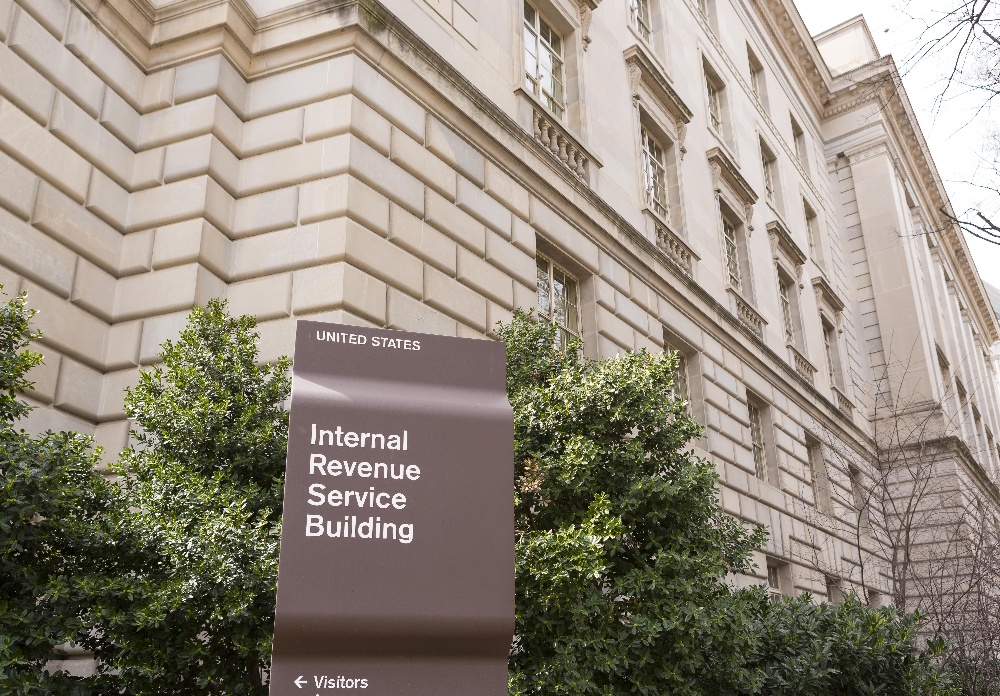At a September 12 hearing, the Senate Finance Committee explored tax avoidance strategies used by the very wealthy. Strategies identified included lack of current tax liability on unrealized asset gains, step-up in basis, trust rules, and private placement life insurance (PPLI). This is a prelude to the looming 2025 tax bill debate.
In addition to issues discussed during the hearing, the Joint Committee on (JCT) issued a report that identified a number of “tax avoidance” strategies, including step-up in basis, deferral of tax on investment gains until the assets are sold (gain realized), PPLI, and a variety of trust rules (including, for example, GRATs). All of these (and more) will be fodder for both tax policy changes and revenue-raising offsets in the upcoming 2025 tax bill.
At the hearing, committee members and witnesses alike discussed growing wealth inequality, and the tax burden on the very wealthy as compared to the middle class. One issue that received considerable attention was Internal Revenue Code (IRC) 199A—the 20 percent deduction for qualifying noncorporate business income. The National Federation of Independent Businesses (NFIB) testified that the need to extend Section 199A (it is scheduled to expire 12/31/2025) is small businesses’ number one priority. The NFIB witness presented documents containing more than 81,000 small business owner signatures imploring Congress to extend Section 199A. Democrats vowed to avoid a tax increase of any kind (including from expiration of Section 199A) on people earning $400,000/year or less, while Republicans defended Section 199A as a jobs-creating, small business-protecting tax rule.
The committee’s chair, Sen. Ron Wyden (D-OR), described his key concern as “buy-borrow-and die.” He said very wealthy taxpayers buy an asset, use its value (which generally appreciates substantially) as collateral on borrowing, and hold the asset until death. The now-appreciated asset then passes, under step-up in basis rules, to heirs and thus escapes most if not all income tax liability. This, he said, contradicts the “funny math” JCT used to determine that billionaires on average pay a 34 percent tax rate. Sen. Wyden said if you add in “buy-borrow-and-die” billionaires’ average tax liability is more like eight percent.
A witness representing Patriotic Billionaires agreed with Sen. Wyden’s “buy-borrow-and-die” characterization of wealthy individuals’ approach to taxes. He noted that these very wealthy people would not have their lifestyle choices impacted at all by a tax increase as a result of imposing current tax liability on unrealized investment gains. Rather, it would only impact their ability to “increase excess wealth.”
The committee heard about a wide range of issues, both those related to lowering a rich person’s tax bill and more generally applicable issues. Among them—in addition to the issues discussed above—were capital gains, the state and local tax deduction (SALT), bonus depreciation, international tax rules, research & development, the child tax credit, IRS funding, and others.
Prospects: The far-ranging nature of the discussion at the Finance Committee hearing suggests that the 2025 tax bill debate will pull in virtually every aspect of current tax law. With that tax bill expected to encompass more than $5 trillion in revenue impact, and federal debt/deficit spiraling ever upward, proposed tax law changes that raise revenue are very likely. Taxing unrealized income (on the very wealthy), step-up in basis, PPLI, trust rules, and other estate tax rules are virtually certain to be part of the debate.
NAIFA Staff Contact: Jayne Fitzgerald – Director – Government Relations, at jfitzgerald@naifa.org.






.png?width=600&height=90&name=Support%20IFAPAC%20%20(600%20%C3%97%2090%20px).png)
